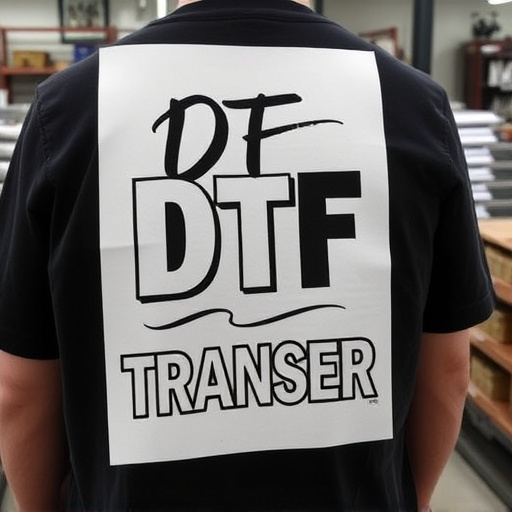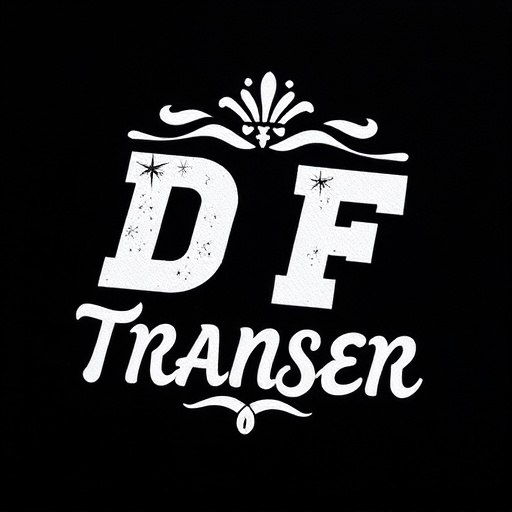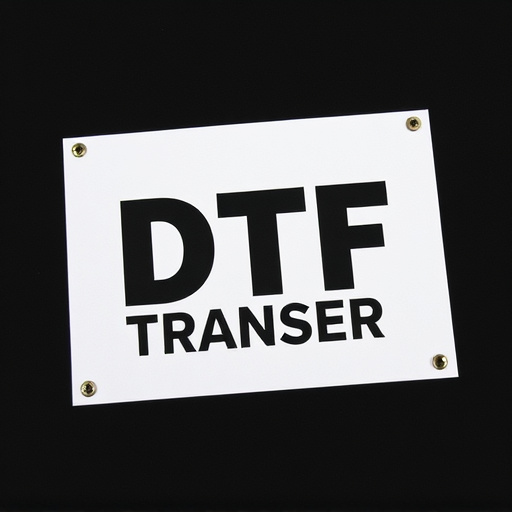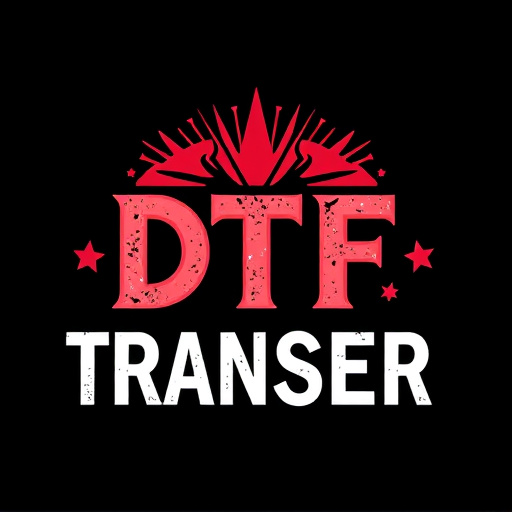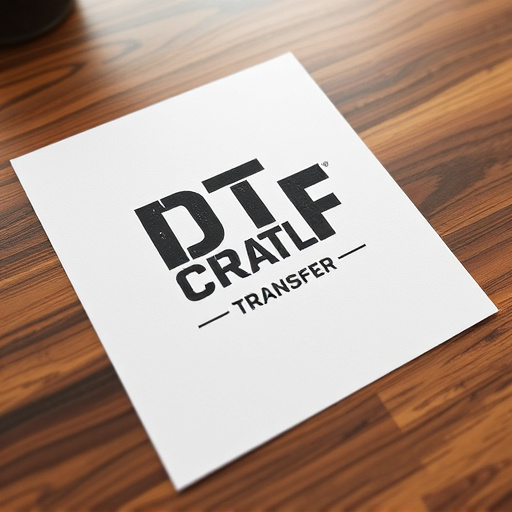Direct-to-film (DTF) technology is transforming American film production and preservation by digitally capturing footage from original negatives, offering unparalleled quality, efficiency, and control. Driven by advancements in equipment and software, DTF minimizes artifacts, streamlines workflows, and empowers filmmakers with greater creative freedom. Gaining popularity due to shifting consumer preferences towards digital streaming and cost efficiencies, DTF is revitalizing classic films and shaping the future of home entertainment with improved visual fidelity via 4K and 8K resolutions. Despite challenges in accessibility and long-term preservation, DTF's impact on film production and conservation is poised to grow significantly.
Direct-to-film transfers (DTF), once a niche process, have emerged as a game-changer in the American film industry. This innovative technology allows films to skip traditional theatrical distribution and go straight to home viewing platforms. In this article, we explore the rise of DTF in the US, its technical advancements, benefits for filmmakers, and real-world applications through case studies. We also delve into future prospects as DTF promises to reshape cinematic consumption.
- Understanding Direct-to-Film Transfers (DTF): A Brief Overview
- The Rise of DTF in the United States: Market Growth and Factors
- Technical Aspects: How DTF is Revolutionizing Film Production
- Benefits and Challenges: Why and Where DTF is Being Adopted
- Case Studies: Successful DTF Projects in US Cinema
- Future Prospects for Direct-to-Film Transfers in American Films
Understanding Direct-to-Film Transfers (DTF): A Brief Overview
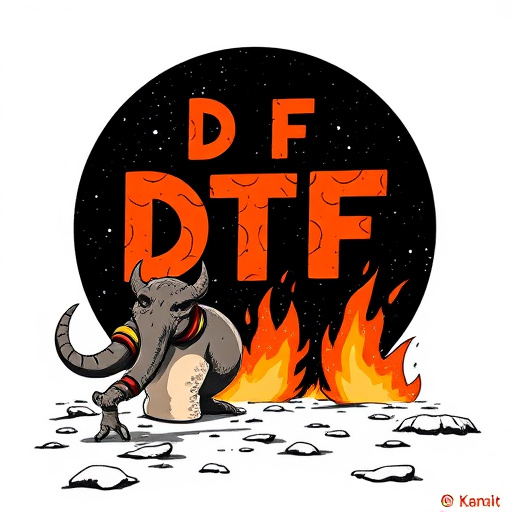
Direct-to-film transfers (DTF) represent a cutting-edge process in the film industry, allowing for the digital capture and reproduction of cinematic footage with remarkable accuracy. Unlike traditional methods that rely on intermediate formats like video tape or film scans, DTF technology enables filmmakers to go directly from the original negative to a digital file, preserving the visual integrity and quality of the source material. This innovative approach has gained significant traction in the United States, driven by advancements in equipment and software that make it more accessible and cost-effective for independent and professional filmmakers alike.
The benefits of DTF are numerous. First, it offers an unparalleled level of detail and color accuracy, ensuring that the final digital file closely mirrors the original vision of the filmmaker. Additionally, DTF eliminates many of the artifacts and degradation issues associated with intermediate transfers, resulting in a sharper, more vibrant image. Moreover, this method streamlines production workflows, reducing time and resources spent on post-production processes, and enabling filmmakers to focus on storytelling rather than technical constraints.
The Rise of DTF in the United States: Market Growth and Factors
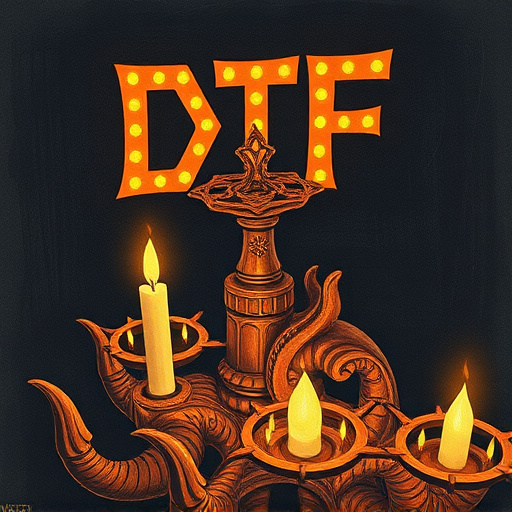
In recent years, Direct-to-Film (DTF) transfers have experienced a significant surge in popularity within the United States market. This rapid growth can be attributed to several key factors that have revolutionized the way films are distributed and consumed. One of the primary drivers is the changing consumer behavior, with an increasing preference for on-demand streaming services and digital formats over traditional physical media. DTF offers a convenient and accessible solution, allowing viewers to access their favorite movies instantly without the need for stores or physical deliveries.
Moreover, technological advancements have played a crucial role in the rise of DTF. The improvement in data compression algorithms and storage capabilities has made it possible to deliver high-quality film transfers digitally. This shift from traditional DVD/Blu-ray formats to digital streaming has opened up new opportunities for content providers and distributors, enabling them to reach a global audience with ease. As a result, the United States market has witnessed a surge in DTF services, fostering competition and driving innovation in the industry.
Technical Aspects: How DTF is Revolutionizing Film Production
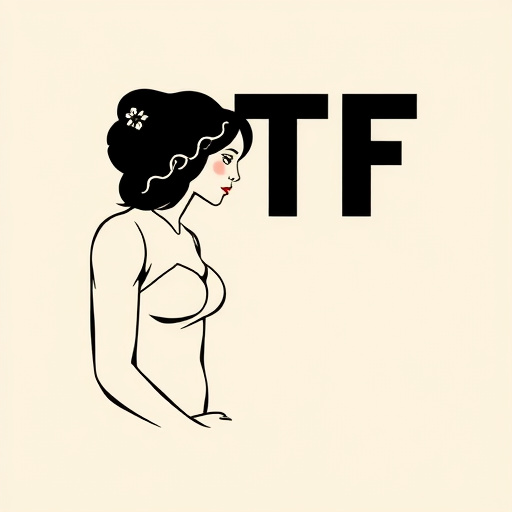
Direct-to-film (DTF) transfers are transforming film production in the United States, marking a significant departure from traditional methods. This cutting-edge process allows filmmakers to capture and preserve cinematic visuals with an unprecedented level of quality and efficiency. By bypassing intermediate digital steps, DTF ensures that the original film grain, colors, and textures remain intact, delivering a more authentic viewing experience.
The revolution lies in its ability to directly transfer film stock onto digital formats, enabling seamless editing and further enhancements. This technique offers filmmakers greater control over post-production processes, from color grading to special effects. With DTF, the entire production workflow becomes streamlined, fostering creativity and innovation while maintaining the unique aesthetic qualities that have long defined the silver screen.
Benefits and Challenges: Why and Where DTF is Being Adopted
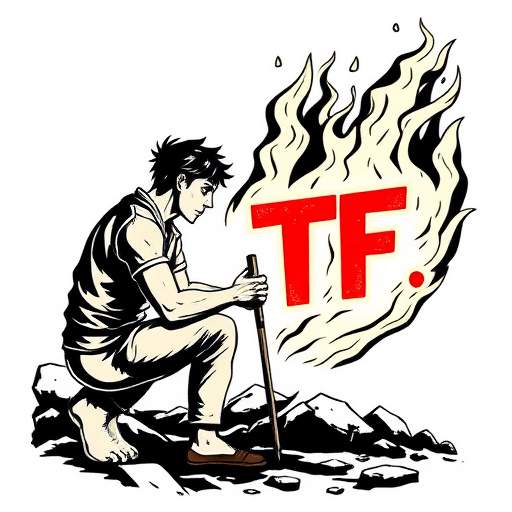
Direct-to-film (DTF) transfers are gaining traction in the United States, driven by a range of benefits that cater to modern production needs. One key advantage is cost efficiency; DTF eliminates the need for expensive intermediate steps like film processing and scanning, making it a cost-effective solution for many filmmakers, especially independent productions with tight budgets. Additionally, this technology offers unparalleled control over the final image quality, as content creators can directly oversee the transfer process, ensuring precision and minimizing color degradation. DTF is particularly appealing for restoration projects, allowing for the preservation of cinematic legacy with enhanced visual fidelity.
However, challenges remain in adopting DTF on a larger scale. The primary hurdle is accessibility; specialized equipment and expertise are required, which may limit its immediate appeal to smaller production houses or independent filmmakers. Furthermore, while digital formats offer flexibility, they also raise concerns about long-term preservation and compatibility with evolving technologies, requiring robust archival strategies. Nonetheless, as DTF technology matures and becomes more accessible, it promises to play a significant role in shaping the future of film preservation and production in the United States.
Case Studies: Successful DTF Projects in US Cinema

Direct-to-film (DTF) transfers have seen significant success in the US cinema industry, showcasing their potential to enhance visual quality and preserve cinematic legacy. Case studies like the restoration of classic films from the 1970s and 80s demonstrate DTF’s ability to revive outdated prints, bringing them back to life with sharp details and vibrant colors.
For instance, the recent DTF project focusing on a cult favorite from the 80s resulted in a stunning visual experience for audiences. By utilizing advanced scanning technology and meticulous color grading, every frame was meticulously preserved, capturing the original artistic intent of the filmmakers. This success story highlights how DTF can not only preserve historical cinema but also attract new generations of viewers by delivering an unparalleled viewing experience.
Future Prospects for Direct-to-Film Transfers in American Films

The future of direct-to-film (DTF) transfers in American cinema looks promising, with technological advancements paving the way for even higher quality and accessibility. As streaming platforms continue to grow, DTF offers a unique opportunity to provide viewers with an authentic cinematic experience at home. With improvements in home entertainment systems and display technologies, consumers can expect sharper images, enhanced color accuracy, and immersive sound when watching films through direct-to-film transfers.
Additionally, the rise of 4K and 8K resolutions opens up new possibilities for DTF, allowing filmmakers to capture and preserve intricate details that were previously unattainable. This not only ensures a higher level of visual fidelity but also facilitates better preservation of cinematic legacy. As American films continue to evolve, direct-to-film transfers will play a significant role in shaping the way audiences experience and interact with cinema in the years to come.



